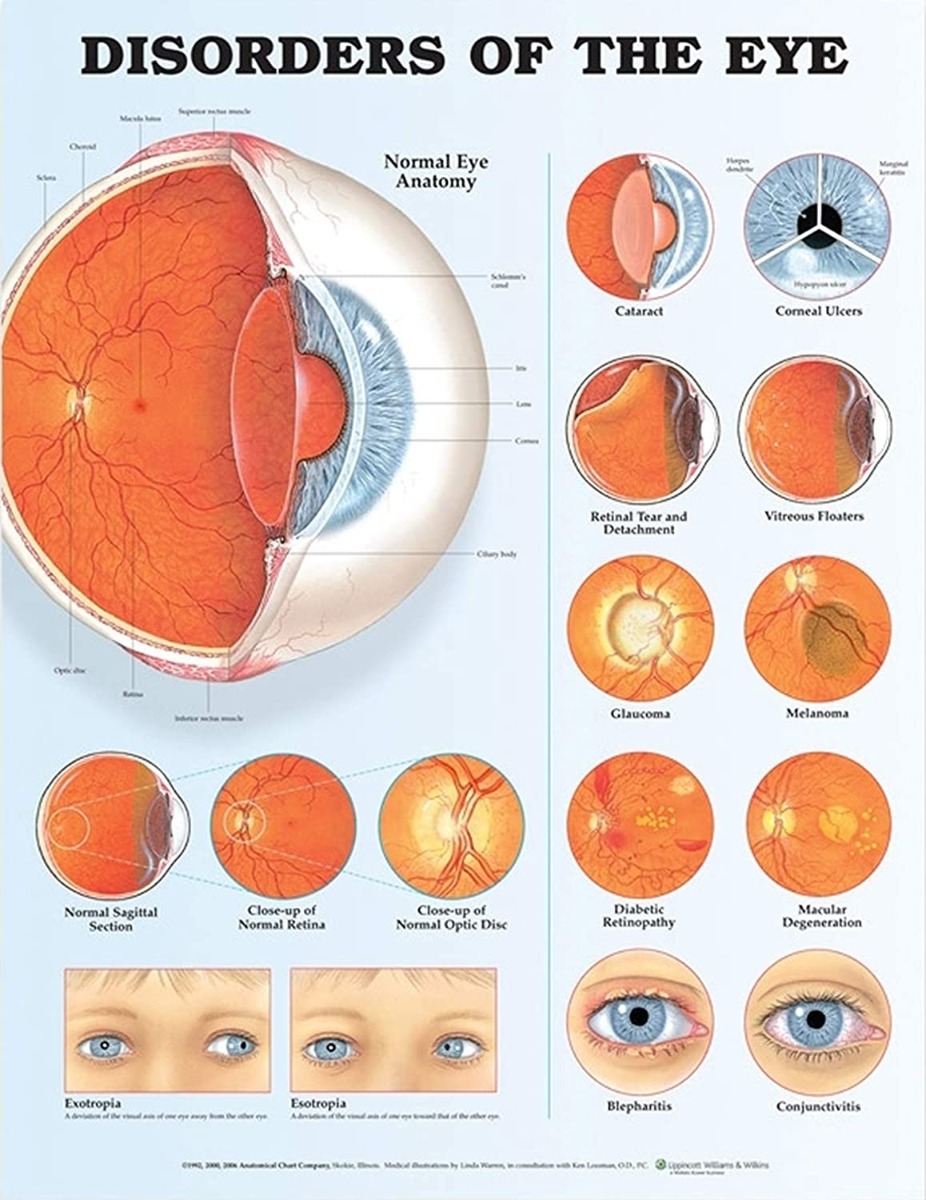
“Occasionally, if only a few of the symptoms are present, we need to confirm the diagnosis by using various eye drops to try to dilate the pupil,” Dr. To make a diagnosis of Horner’s syndrome in cats, the vet will do a complete physical exam and neurologic evaluation, looking for the telltale signs.
#Cat eye pupil disorders skin#
In rare cases, the affected side is also warmer to the touch, and the skin may appear ‘pinker’ than the unaffected side.” How is Horner’s syndrome in cats diagnosed? “A slightly drooping upper eyelid, making the eye on that side appear slightly smaller the eyeball might appear slightly sunken in the eye socket the third eyelid is often protruding and partially covering the inner part of the eye and the pupil looks smaller than in the other eye and doesn’t dilate completely in dim or dark lighting. “There are four things that you might notice, usually all on the same side of the body,” Dr. Horner’s syndrome in cats causes some distinctive symptoms. What are the symptoms of Horner’s syndrome in cats? “Any injury or disease process that disrupts the sympathetic pathway to the eye can cause the symptoms of Horner’s syndrome, including the brainstem, spinal cord anywhere down to the third thoracic vertebra, a disease outside the vertebral column in the neck down to the level of T3, middle ear disease or disease in the tissues behind the eye,” Dr. The pathway of the sympathetic nervous system to the eye is extremely long and travels throughout the body, so there are many different places where it can become damaged. In a cat with Horner’s syndrome, damage to the sympathetic nervous system (the part of the nervous system that produces the “fight or flight” response) causes issues with the muscles behind the eye, the pupil, the third eyelid and the upper and lower eyelids.

The eyelids are open wide, the third eyelid is retracted in the corner of the eye where you can’t see it, and the pupil dilates when exposed to darkness or low light. In a normal cat, muscles behind each eyeball keep them in place in the forward part of the eye socket. “The goal is to diagnose and treat the underlying disease process if possible.” ACVIM (Neurology), CCRT, owner of NEST Veterinary Neurology in San Clemente, California. “Horner’s syndrome is only a collection of symptoms, not an actual disease itself,” explains Michelle Murray, DVM, MS, Dipl.

What is Horner’s syndrome?ĭoes one of your cat’s pupils look different than the other? Is it Horner’s syndrome? Photography © Bloodsuker | iStock / Getty Images Plus. Horner’s syndrome in cats is a complex neurological disorder affecting the eyes and muscles of the face. If you ever notice that one of your cat’s eye’s looks different than the other - sunken eye, droopy eyelids, exposed third eyelid or one pupil that looks smaller than the other - it could mean she has Horner’s syndrome.

They say a cat’s eyes are the window to her soul, but sometimes, the eyes are a window to a cat’s health.


 0 kommentar(er)
0 kommentar(er)
